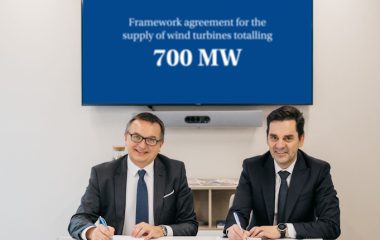
The United States Green Building Council (USGBC) included Turkey in Top 10 Countries for LEED (Leadership in Energy & Environmental Design), its annual ranking that highlights countries outside of the U. S. which are „making significant strides in sustainable building design, construction and transformation.” Turkey is now ranked ninth after entering top 10 for the first time, the statement on PR Newswire revealed.
The market’s strength is in the 258% increase in the amount of year-over-year gross square metres of LEED-certified space in the country from 2013 to 2014. Measured in terms of newly certified surface, the amount was greater than what the country accomplished in 2011, 2012 and 2013 combined, and this surge in green building activity appears to be a sign that Turkish leaders are focused on increasing energy efficiency in response to the pronounced spike in national energy demand, the document said. Maintaining this form of commitment to transforming Turkey’s national built environment holds enormous potential for the country’s long-term economic and environmental future since 42% of Turkey’s net electricity consumption comes from the country’s building sector, according to the council.
The announcement comes at a time of increased international focus on tackling climate change in the lead up to the United Nations’ COP21 climate negotiations this December. Rick Fedrizzi, CEO and founding chair of USGBC, said: „Turkey is transforming itself into a hub of innovation for green building and sustainable design. Green buildings are about people and the collective legacy we leave behind.”
The 10 countries that made the list for 2015 are geographically and culturally diverse, representing seven of the world’s 20 largest by gross domestic product (China, Germany, Brazil, India, Canada, South Korea and Turkey), as well as six of the top 11 emitters of greenhouse gases (China, India, Germany, South Korea, Canada and Brazil).
The analysis used to develop the list ranks countries in terms of gross square meters and numbers of LEED projects to date. LEED-certified spaces use less energy and water resources, save money for families, businesses and taxpayers, reduce carbon emissions and create a healthier environment for residents, workers and the larger community, the press release said. The United States, the birthplace of LEED, is not included in this list but remains the world’s largest market for it. It is the world’s largest economy by GDP as well as the world’s second largest emitter of greenhouse gases.



















